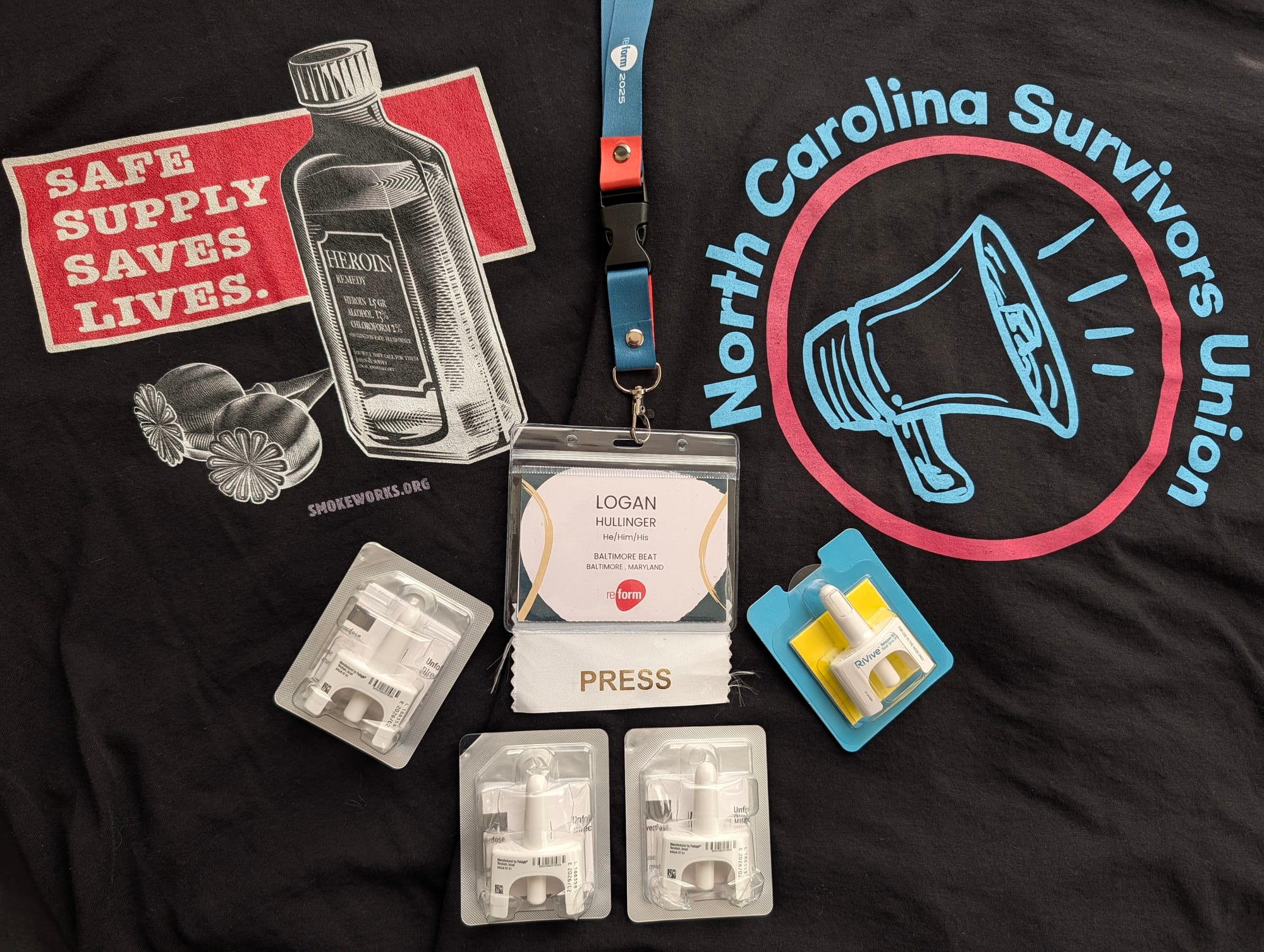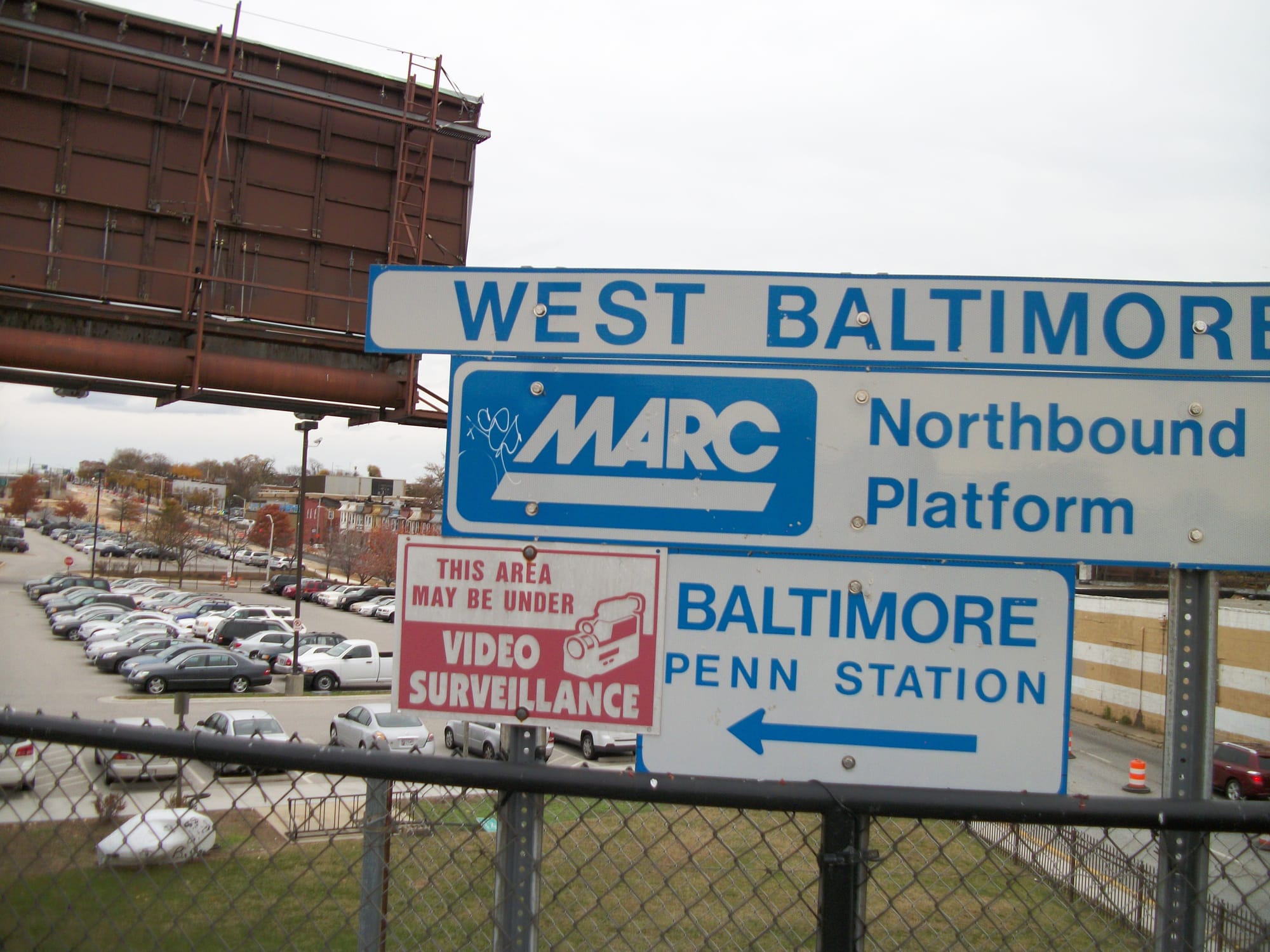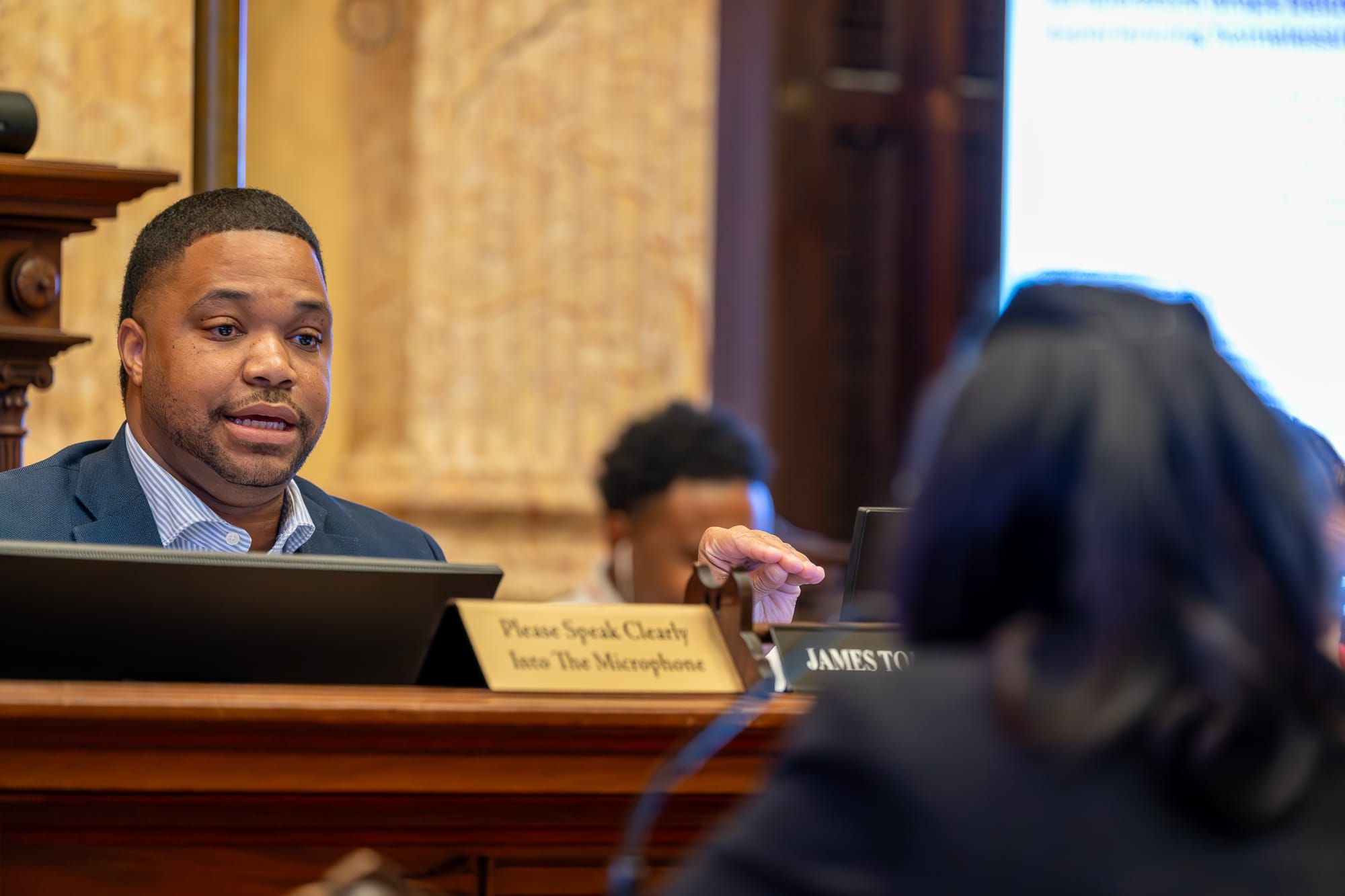
A judge has offered Baltimore $100 million for opioid abatement efforts in a landmark case—but only if it accepts a massive cut to the money awarded by a jury in the first phase of trial in 2024. The ruling could massively scale back plans to combat the overdose crisis in the beleaguered city, which had insisted it needed billions of dollars to augment its harm reduction and treatment initiatives.
The August 8 decision was not a complete surprise. In a June ruling, Baltimore City Circuit Court Judge Lawrence P. Fletcher-Hill had indicated the city would not receive nearly as much as it had hoped. He found the city’s lawyers failed to prove their claim that opioid distributors McKesson and Cencora (formerly AmerisourceBergen) were responsible for 97 percent of opioid-related damages the city has experienced. In that ruling, Fletcher-Hill rejected the city’s $5.2 billion request for abatement and said he would allow for a new trial, effectively reversing a 2024 jury verdict that won the city $266 million for “public nuisance” damages.
Under an arrangement between the judge and the city, Baltimore now has until August 22 to decide whether to accept the proposed abatement award in addition to watered-down public nuisance damages, or opt for a new trial completely. If the city takes the deal, it will walk away with a total of about $152 million.
“The Court concluded, based on the evidence presented to the jury, that the largest verdict that would not be considered legally excessive would be premised on a conclusion that these two Defendants were responsible, at most, for just under 20% of the total amount of past and future damages claimed by the City,” Fletcher-Hill wrote in his August 8 ruling.
It is not immediately clear whether the city plans to challenge the abatement ruling. Regardless of the outcome, Baltimore is still guaranteed to receive hundreds of millions of dollars from previous opioid settlements and the ongoing case.
“We have received the court’s abatement ruling and are considering all options at this time,” the office of Mayor Brandon Scott (D) said in a statement. “We remain committed to securing justice for all Baltimore residents disproportionately impacted by the opioid crisis. We will respond in due time in the appropriate judicial forum.”
The city has argued that the pharmaceutical giants recklessly peddled prescription opioids and misled the public about their addictive potential, leaving Baltimore with a growing addiction and overdose crisis that has claimed thousands of lives, at a rate higher than any other major city in the United States.
The projected abatement funds have been the cornerstone of the city’s plans to address the crisis. Officials put together a 15-year, five-point plan to use billions of dollars to bolster Baltimore’s harm reduction and treatment infrastructure—including by opening overdose prevention centers (OPC).
In the August 8 ruling, Fletcher-Hill directly addressed the city’s plans for the facilities, noting the fact that they remain illegal under state law after numerous failed attempts to pass legislation legalizing the sites in the General Assembly in recent years.
“The concept is extremely controversial. Defendants even argue that this feature could not be ordered by the Court because the sites are not legal under Maryland law,” Fletcher-Hill wrote.
“Without making any determination whether this strategy is valuable from a public health perspective, the Court will not require this feature in the abatement plan,” he continued. “If the City believes this approach is valuable, it is up to City leaders both to resolve the legal issues with this type of site and to convince the community that these sites are valuable and appropriate.”
Baltimore already has numerous harm reduction and treatment programs, but expert witnesses who testified at trial said the current level of services is inadequate and must be expanded. The model used by the city estimates that more than 32,500 residents at any given time have opioid use disorder.
Under the plan, the city could reduce overdoses by 50 percent and triple the number of people in treatment, witnesses said.
The city’s aim to reduce opioid prescriptions by 55 percent is controversial, however—given damaging implications for pain patients, and the relationship between a national crackdown on opioid prescribing and the overdose crisis reaching unprecedented levels. Some advocates argue that opioid lawsuits themselves contribute to a harmful chilling effect on prescribing.
In the month leading up to the judge’s latest ruling, officials held numerous public hearings and listening sessions about the overdose crisis. This ended more than a year of relative silence on the issue, as the mayor’s administration had argued that public discourse might jeopardize the litigation.
Public hearings were held by Baltimore City Council members, while the mayor’s new Office of Overdose Response held four community listening sessions specifically to garner feedback on its draft strategic plan to address the crisis. That sweeping plan has proved to be less ambitious than the abatement plan presented in court; it aims to reduce fatal overdoses 40 percent by 2040, without explicitly calling for OPC.
At least one Council member has recently reiterated his support of city-sanctioned OPC—the kind of step taken by New York City—when efforts seeking state authorization have repeatedly failed. But the plan makes no mention of the facilities. To date, the mayor has refused to use his powers to unilaterally open the sites.
The plan does, however, state that one of the city’s priorities is to “increase access to a full array of low-barrier harm reduction services (including naloxone distribution, drug checking, syringe service programs, and other evidence-based strategies.” The latter phrase might include OPC.
It’s unclear just how much the judge’s ruling on the case, which dates back to 2018 and has faced numerous delays, will impact the city’s overdose prevention plans—though city officials have conceded it will make things significantly more difficult.
After the $266 million jury verdict in November, based on the “public nuisance” caused by the companies’ practices, the city had expected its overdose prevention war chest to come to nearly $670 million, excluding any abatement dollars. Now, Baltimore will likely have to adjust its plans to operate on almost $215 million less, depending on whether it accepts the judge’s proposal or opts for a new trial.
The city asserted in court that the overdose crisis was largely caused by “pill mills” dishing out opioids they received from companies like Cencora and McKesson. But defense attorneys said the city failed to identify faults in the companies’ practices. They also questioned the legitimacy of the city’s statistical model estimating OUD prevalence, which underpins the cost estimates for its abatement plan, and suggested the plan did not factor in existing overdose prevention programs that may already be funded.
The city’s witnesses responded that funding for existing programs will run out, while the plan focused on fully funding initiatives over 15 years by putting the funds in a trust that accrues interest. They dismissed concerns regarding the statistical model and emphasized that the severity of the crisis demands a response of equivalent ambition.
Though Baltimore’s fatal overdose rate remains the highest in the nation, according to city officials, the number of deaths in the city has continued to decline, in line with trends seen nationwide.
Preliminary data recently published by the Maryland Department of Health showed the city recorded 777 deaths in 2024, a fall of nearly 26 percent from 2023. Subsequent monthly data suggest the downward trend has continued, with fewer than 600 deaths in the 12-month period ending in June.
While the trajectory is positive, the crisis continues to have a disproportionate impact on older Black men, and people living in areas such as West Baltimore.








Comments